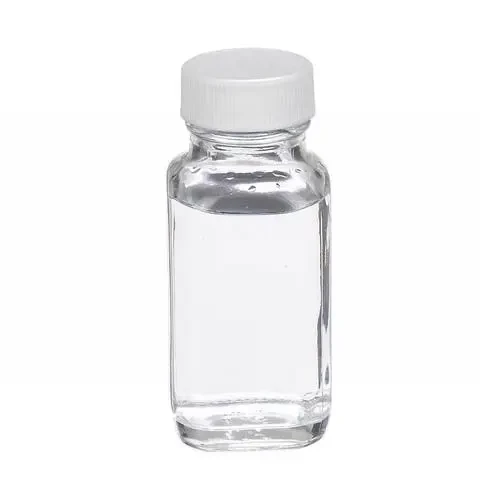Ammonium Thiocyanate Toxicity Understanding the Risks and Safety Measures
Ammonium thiocyanate (NH4SCN) is an inorganic compound that appears as a white crystalline solid. It is utilized in various industrial applications, including fertilizers, mining, and the production of certain chemicals. Despite its usefulness, ammonium thiocyanate can pose significant health risks if not handled properly. Understanding its toxicity, exposure routes, and safety measures is crucial for anyone who may encounter this substance in their work or environment.
Toxicity and Health Effects
Ammonium thiocyanate is classified as a toxic compound. Its potential health effects primarily stem from its ability to release thiocyanate ions (SCN-) upon dissociation. Thiocyanate ions can interfere with the body’s normal physiological functions, particularly in the thyroid gland. Chronic exposure to thiocyanate can lead to various health issues, including goiter, hypothyroidism, and other thyroid-related disorders. Symptoms of exposure may include headaches, dizziness, nausea, and gastrointestinal distress.
Ingestion of ammonium thiocyanate can result in severe poisoning, with symptoms that may include respiratory distress, confusion, and even loss of consciousness. Moreover, contact with the skin or eyes can lead to irritation and chemical burns. As with many chemicals, the degree of toxicity is influenced by the dose and the duration of exposure.
Routes of Exposure
Individuals may be exposed to ammonium thiocyanate through several routes, including inhalation, dermal contact, and ingestion. In occupational settings, inhalation of dust or vapors may occur, particularly in poorly ventilated environments. Dermal exposure can happen during handling, while ingestion may occur accidentally or as a result of contaminated food or drink.
Workers in industries that use or produce ammonium thiocyanate should be particularly vigilant
. Those involved in formulation processes, storage, and transportation are at higher risk of exposure and should employ appropriate safety measures.ammonium thiocyanate toxicity

Safety Measures and Regulations
To mitigate the risks associated with ammonium thiocyanate, stringent safety measures should be implemented. Personal protective equipment (PPE) is essential for individuals working with this compound. This may include gloves, goggles, respirators, and protective clothing. Ensuring proper ventilation in workspaces can greatly reduce the risk of inhalation exposure.
In addition to personal protective measures, it is vital to adhere to occupational safety and health regulations. Regulatory agencies often set permissible exposure limits, guidelines for safe handling, and waste disposal standards for ammonium thiocyanate. Organizations must provide proper training for workers on the hazards of this chemical and the importance of following established safety protocols.
Environmental Considerations
Environmental exposure to ammonium thiocyanate is also a concern, particularly in agricultural settings where it may be used as a fertilizer. It can leach into soil and water systems, potentially affecting local ecosystems. The biodegradability of thiocyanate compounds varies, and their persistence in the environment can lead to toxic effects in aquatic organisms.
To address these environmental risks, it is essential to implement best practices for the use and disposal of ammonium thiocyanate. This includes proper storage to prevent spills, monitoring water quality in agricultural areas, and encouraging alternative practices that minimize chemical usage.
Conclusion
Ammonium thiocyanate is a valuable industrial compound, but its toxicity cannot be overlooked. Understanding the health risks associated with exposure, implementing appropriate safety measures, and adhering to regulatory guidelines are crucial steps in ensuring both worker safety and environmental protection. By fostering a culture of awareness and responsibility toward chemical handling, we can mitigate the risks and reap the benefits of this compound while safeguarding public health and the environment. Safe practices and education on the dangers of ammonium thiocyanate will not only protect workers but also contribute to sustainable industrial practices.

